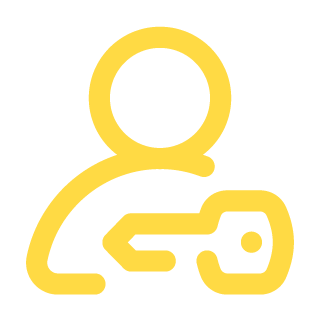We now live in a world where constant connectivity surrounds all that we do and for many years information and computing technology has been transforming the business of global supply chains. There are already 9 billion connected devices and it is expected that by 2030 there will be 50 billion devices connected via theInternet ofThings. At the same time our population is growing and urbanizing creating new constraint environments for resources like energy and food. Transportation and logistics are an integral part of this new world and if not properly managed, will become debilitating complex and a bottleneck to global growth. Information and computing technology is a great tool for all this but the trick to do this right by keeping pace with the technology acceleration.
So, what does this acceleration in technology mean to the world of logistics? Is it a blessing or a curse?
Let’s first have a look at the findings from the 19TH ANNUAL THIRD-PARTY LOGISTICS STUDY that has been assembled by Penn State, Cap Gemini, Penske, Korn Ferry, Eye for Transport, and others. The study concludes that for 12 years a measurable difference between shipper’s opinions on whether they feel information technologies are a necessary element of 3PL expertise, and whether they are satisfied with their 3PLs’ IT capabilities. This is referred to as the “IT Gap”. Over the long term, this gap has narrowed significantly. However, over the last three to four years the IT Gap appears to have largely remained the same, i.e., not good for a “gap”. This year 55% of shippers indicate they are satisfied with IT services provided by 3PLs, while 69% of the 3PLs feel their customers are satisfied with their IT capabilities.
In addition to these findings, let me share a few examples we heard speaking to our customers over the last year.
- A mid sized freight forwarding company in Europe is transforming its business by streamlining operations so the company can grow faster in new markets. Critical success factors are fast on-boarding of new countries as well as customers, single view on enterprise data for tracking and financial performance. The company is currently laying the foundation be establishing an integrated IT environment and by streamlining business data and processes.
- A large trucking company in the US has a well performing business but IT is limiting business insight and further growth as the legacy systems have reached end-of-life. The company is aware of more than 300 systems all of which are loosely stitched together. A transformation roadmap is now being established to modernize their technology. The transformation is predicted to take 3-5 years.
- A large 3PL in the Asia Pacific region operating a large trucking transportation service is embracing technology as a business enabler and has over the past years established a multi-system business landscape that is tightly coupled. Trucks and containers are tagged with devices and deliver data that are used to enrich the business-data sitting in the operations, finance and customer management systems. The company actively uses the data to detect anomalies, improve safety and increase business performance and customer re-activeness.
In summary we can extract the following themes
- The technology of transportation and logistics companies is not as advanced as their customers (the shippers) in the logistics network
- Information and computing technology continues to be increasingly important for transportation and logistics companies to improve operational excellence, support business growth and improve customer satisfaction
- Few transportation and logistics companies have a strategy and roadmap in place to evolve current information and computing technology to meet the needs of the future
- The pace of technological change will only get faster Business opportunities arise from the use of technology
Many of the business leaders I talk to see information technology as an integral part of their enterprise strategy. They, by now, view computing technology more strategically, no longer look at it as “cost of doing business”, only. The transformation-potential of formation technology is understood and many are currently undergoing larger renewal programs where technology is a major component. I also increasingly see the topic on the CEO’s agenda and it is no longer just the CIO that is pushing technology. Business leaders of the 21stcentury realize that they can gain operational efficiency in the short-term and drive future growth leveraging technology in the long run.
This article is published in collaboration with SAP Community Network.Publication does not imply endorsement of views by the World Economic Forum.
To keep up with Forum:Agenda subscribe to our weekly newsletter.
Author: Till Dengel is the Head of Travel and Transportation at SAP.
Image: xx
Publicado originalmente en weforum.org



